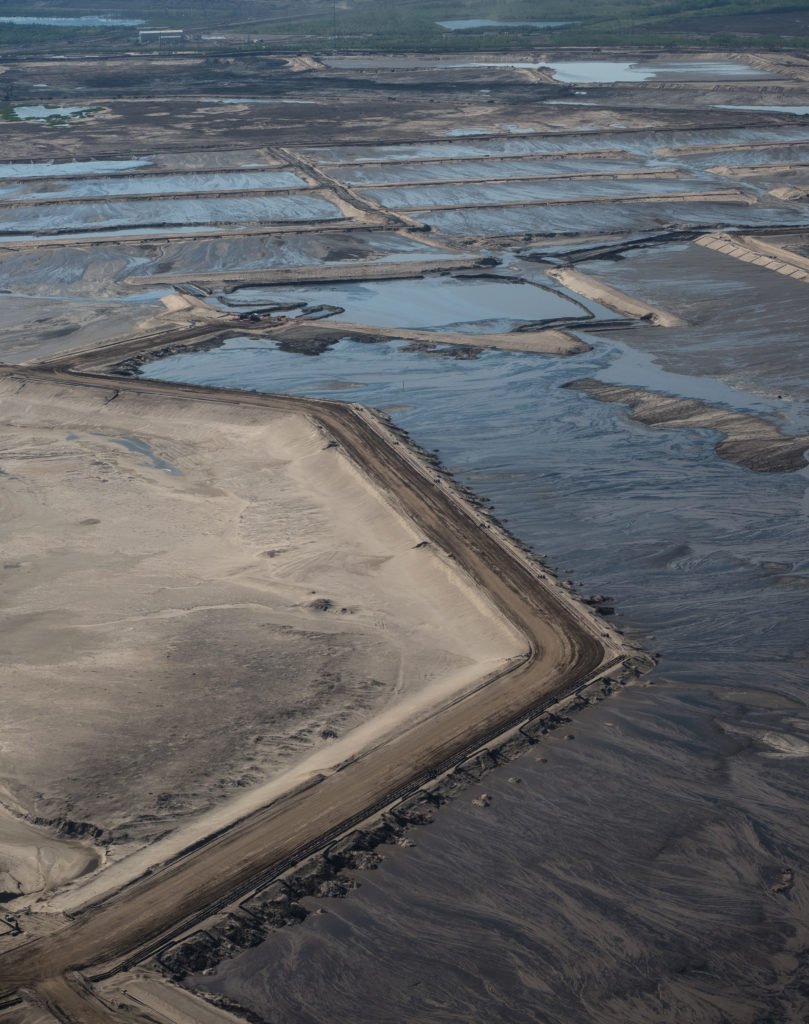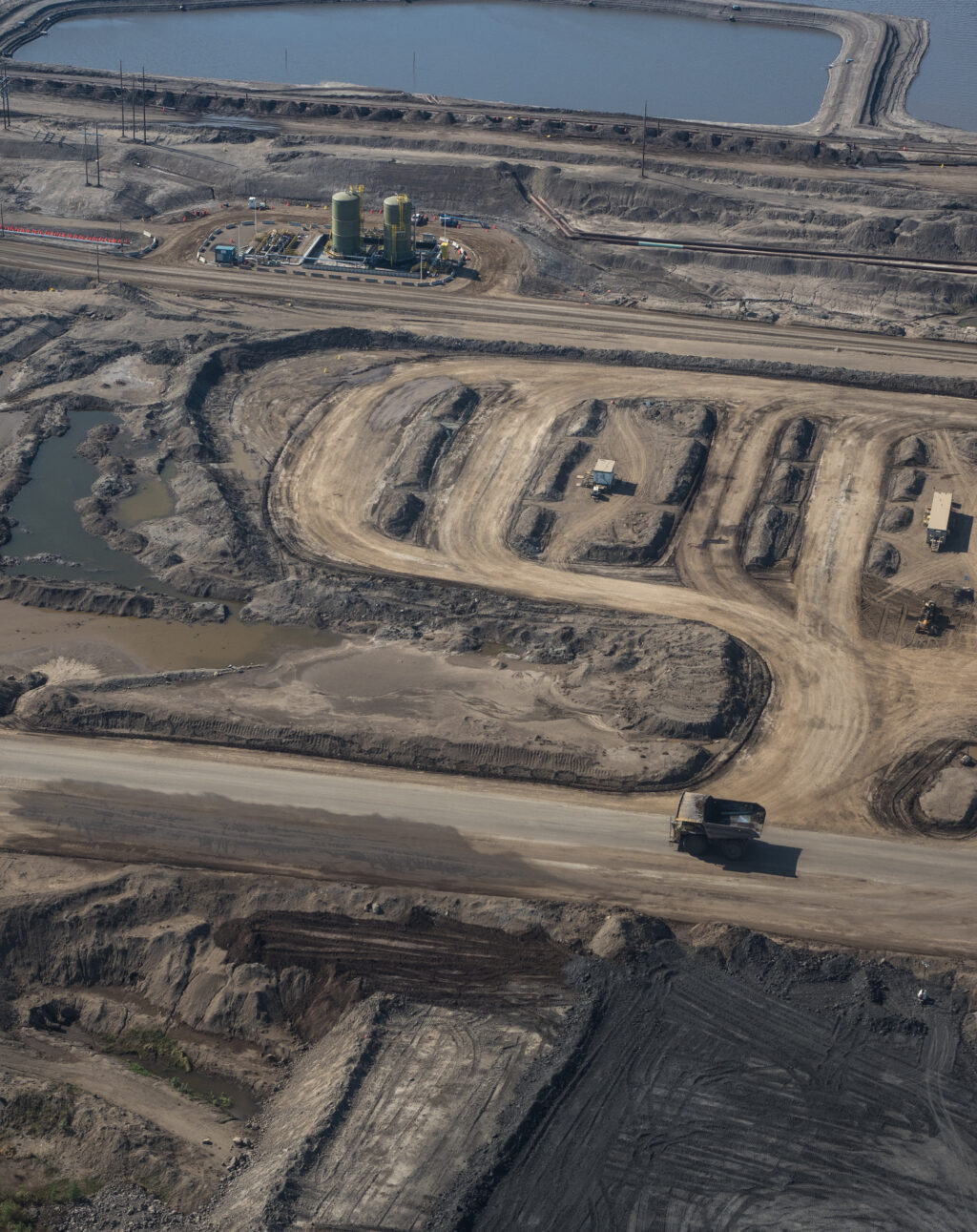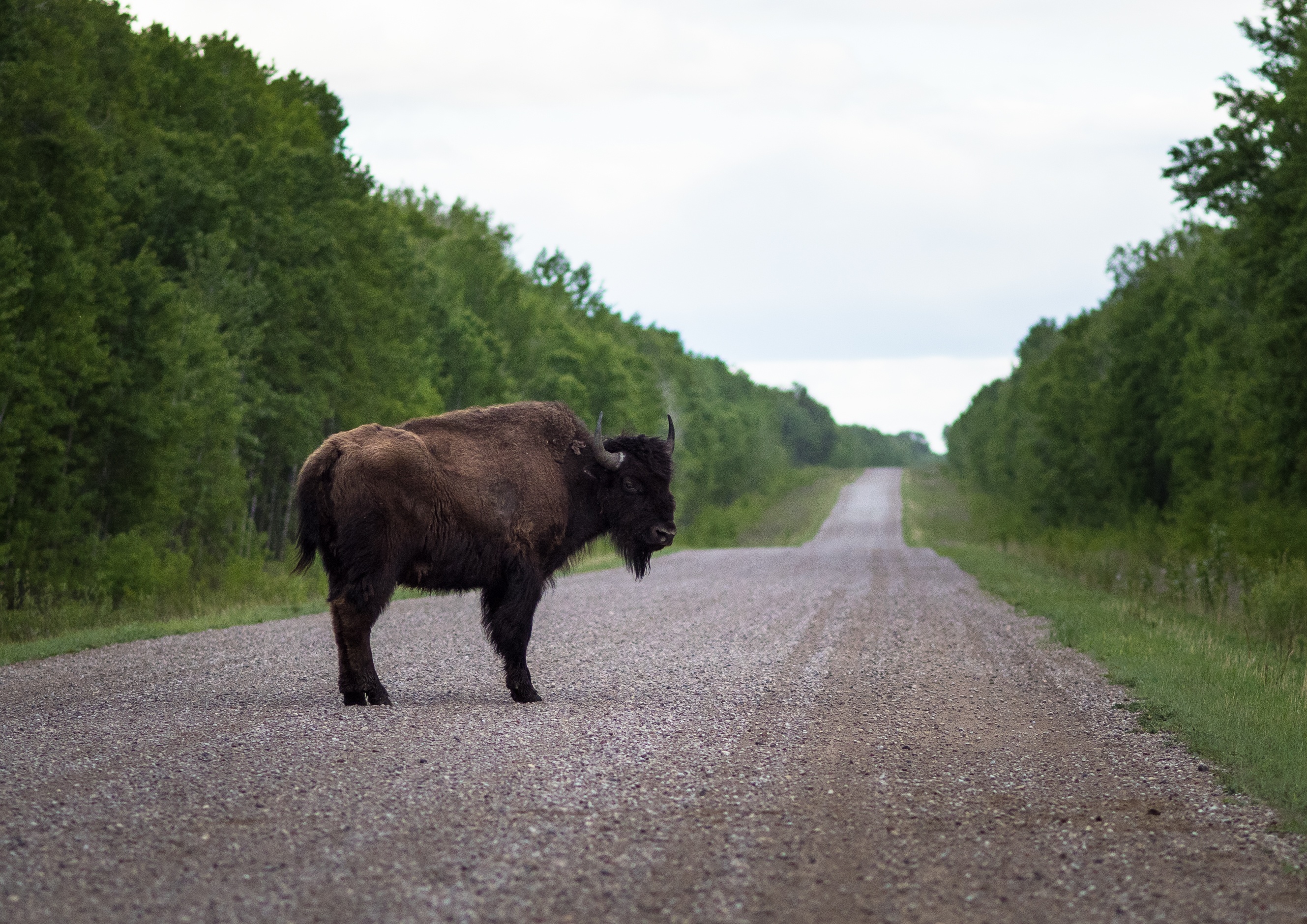
Alberta oil and gas companies could avoid cleanup costs by installing solar panels: government report
An Alberta government-commissioned report suggests oil and gas site companies may be able to install...
Leaks from toxic tailings ponds in the oilsands and dams on the Peace River in B.C. and Alberta are moving Canada’s largest national park closer to being placed on an international list of world heritage sites in danger, according to a report released Monday.
The report, a draft decision by the World Heritage Committee, is highly critical of Canada’s efforts to protect Wood Buffalo National Park. The 44,807-square-kilometre UNESCO world heritage site straddles the border between Alberta and the Northwest Territories and includes the Peace-Athabasca Delta, the world’s largest inland delta.
Sites are only designated as world heritage sites in danger when circumstances “threaten the very characteristics for which a property was inscribed on the world heritage list,” according to UNESCO. Around the world, sites are listed as “in danger” as a result of armed conflicts, earthquakes and pollution.
The committee, which will make a final decision on the park’s status next month at a virtual meeting hosted by China, emphasized that progress on protecting the park has been insufficient. With conditions in the Peace Athabasca Delta declining, it warned that — unless changes are made — the park is headed for the endangered list. None of the 19 other sites in Canada are on the list and the only North American site to so far receive the ominous distinction is Everglades National Park in southern Florida, due to severe degradation of aquatic ecosystems following hurricane Andrew and urban development.
Monitors from the World Heritage Centre and International Union for Conservation of Nature visited the park in 2016 after Mikisew Cree First Nation filed a petition with the committee, asking it to consider adding Wood Buffalo to the list of world heritage sites in danger.
But despite repeated UNESCO requests, the report concludes Canada has not done enough to meet recommendations made following that 2016 visit.
The federal government unveiled its Wood Buffalo National Park action plan in 2019 and, last year, announced almost $60 million over three years to implement the plan. The funding is in addition to an earlier commitment of $27 million.
Although the investment indicates “strong commitment” to fixing the park’s deterioration, it is not enough, according to the committee. The report lists concerns the federal government has little control over problems originating in Alberta and B.C. and has not come up with an overarching plan to deal with issues affecting the Peace and Athabasca rivers, which drain into the delta.
The state of the park, and particularly the Peace-Athabasca Delta, is declining, largely due to “unresolved interjurisdictional water governance challenges” and advancement of the Site C dam, now under construction on the Peace River, according to the draft decision of the committee.
“No progress [has been] made on the risk assessment or management of the large tailings ponds despite new information on major risks and likely current impacts on water quality; temporary suspension of ecological monitoring for oilsands and concerns about the future release of oilsands processed water,” according to the report.
A tailings risk assessment to assess the risk of catastrophic dam failures — one of the primary recommendations — has not yet been funded or initiated and there is no agreement on water flow regulation from the Site C dam, it notes.


The committee also underlined concerns about the future of the iconic wood bison, the park’s symbol, and the Ronald Lake wood bison herd in particular, whose habitat is overlaid with oilsands leases while the footprint of oilsands development continues to grow.
One of the few bright spots in the report is the addition of a wide swath of provincial parks south of Wood Buffalo, but a larger buffer is required, according to the committee.
“In the absence of a major and timely response and, noting that the previously expressed committee concerns continue to remain severe, and that the threats have increased, the World Heritage Committee and International Union for Conservation of Nature consider it likely that the property now meets the criteria for inscription on the list of World Heritage [sites] in danger,” it says.
The committee wants Canada to invite monitors from the World Heritage Centre and International Union for Conservation of Nature to the park “as soon as possible” and has asked the federal government to submit an updated conservation report by Feb. 1, 2022.
Parks Canada, when asked by The Narwhal to comment on the committee findings and recommendations, said no spokesperson was available. In an emailed statement the agency noted it is reviewing the draft decision and considering next steps.
“Since the [Wood Buffalo] action plan was finalized in 2019 notable progress has been made, with more than half of the identified actions completed or underway,” the statement read.
The committee report notes Canada has developed new policies and consultations with Indigenous people, something the Park’s Canada statement also emphasized. Parks Canada is committed to strengthening park management in collaboration with Indigenous partners and “establishing new mechanisms to support improved water management in the Peace-Athabasca Delta,” a spokesperson for the agency said by email.

The report contains few surprises for Melody Lepine, government and industry relations director with the Mikisew Cree First Nation, who has shepherded the community’s submissions through countless UNESCO meetings.
“Between 2016 and 2021, not a lot has been done,” Lepine told The Narwhal. “The language in this draft decision is highlighting that: ‘Canada, what have you really done?’ ”
Lepine hopes the UNESCO report will be a catalyst for Canada to show in a tangible way that it is a champion for the environment and reconciliation, but she is concerned the commitment of $60 million takes the action plan only three years into the future.
“We need to see more, long-term sustainable resources and funding to fix these problems and the big problem — and one that doesn’t really take a lot of money — is the governance. How do we deal with this jurisdictional water issue? We have water flowing from B.C. with the Bennett dam and then you have water licenses on the oilsands side,” she said.
Getting control over water flowing into the delta is at the heart of many of the issues faced by Wood Buffalo, Lepine said, adding she wants to see Canada leading management of water resources with input from all jurisdictions including Indigenous nations.
“Canada has to develop a governance model to deal with fresh water,” she said. “Canada has to be a stronger leader on this, but we don’t see them starting any dialogue.
Gillian Chow-Fraser, the boreal program manager with the Canadian Parks and Wilderness Society, said the report underscores how conditions in Wood Buffalo have deteriorated since the park first came under UNESCO scrutiny.
“The threats have grown despite major funding commitments from the federal government,” she told The Narwhal.
She added the report is a reminder that Canada has the capacity to address some of the big issues — such as the effect of climate change on Wood Buffalo, cross-jurisdictional problems and weaving Indigenous knowledge into the park management. The prospect of having a park included on the list of world heritage sites in danger should turn up the heat, Chow-Fraser said.
“If not now, if not with Wood Buffalo, when would they do it?” she asked of the federal government making a push to address concerns.
Kendrick Cardinal, Fort Chipewyan Metis Association president, wants to see the report galvanize Canada into making improvements to its relationship with Indigenous people and implementing increased protection for woodland bison.
“Overall, we need to have more Indigenous involvement and more involvement from local communities,” Cardinal said.
A priority is to ensure no more roads are built leading into the range of the Ronald Lake bison herd, as every effort must be made to stop the spread of disease and the risk of poaching, he said.
“The Indigenous people need to have the buffalo there for our spiritual beliefs and our traditional way of life,” he said.
The committee report notes that the footprint of the Alberta oilsands continues to expand with projects such as the Horizon North Pit Mine and, although the Teck Frontier project proposal has been withdrawn, the committee sees it continuing as a “potential future risk,” as “the footprint of the Alberta oilsands continues to increase through large expansion projects,” including Canadian Natural Resources Ltd. Horizon north pit mine.
“The determination of imminent threats to the recovery of the wood bison, partially on the grounds of industrial development, is a further indication that the pressure on this property and its flagship species continues to be very high,” the report noted.
For most who have been working to ensure that Wood Buffalo and the Peace-Athabasca Delta are protected and restored, the threat of an endangered listing is seen as a way to speed up the process.
Mikisew Chief Peter Powder said momentum is building, but more must be done to save such a special place.
“We would like nothing more than to be in a position to tell the World Heritage Committee next month that Canada, Alberta and British Columbia have responded to yesterday’s announcement by redoubling their efforts to save this incredible place and that they have made new commitments to take the actions needed to tackle the most serious threats to the park in partnership with us,” he said.
Content for Apple News or Article only Get the inside scoop on The Narwhal’s environment and climate reporting by signing up for our free newsletter. This...
Continue reading
An Alberta government-commissioned report suggests oil and gas site companies may be able to install...

This story about a lawsuit involving First Nations in northern Ontario has deep roots — in...

At a crucial point in their research, biologists are scrambling to find new support for...

